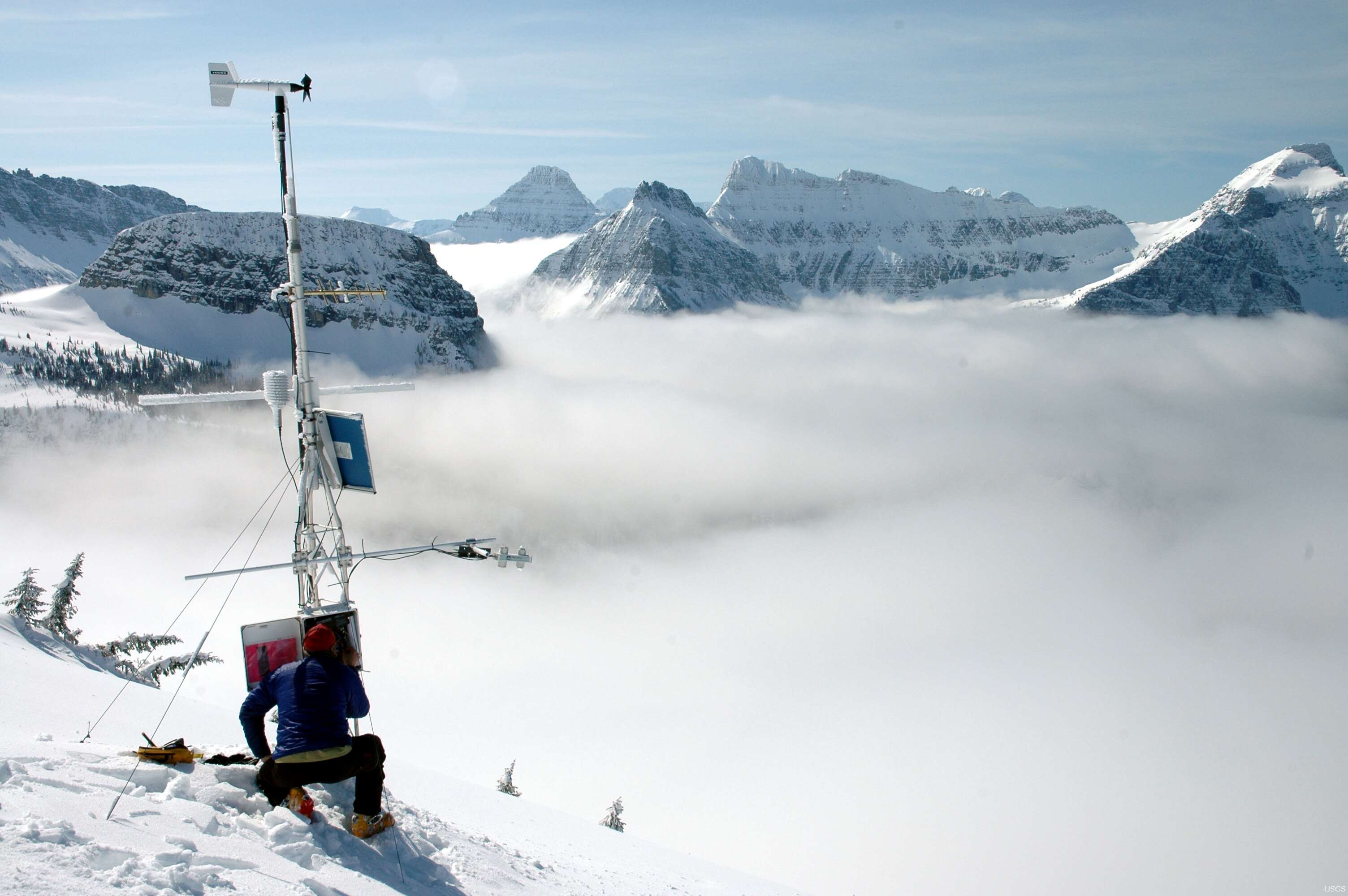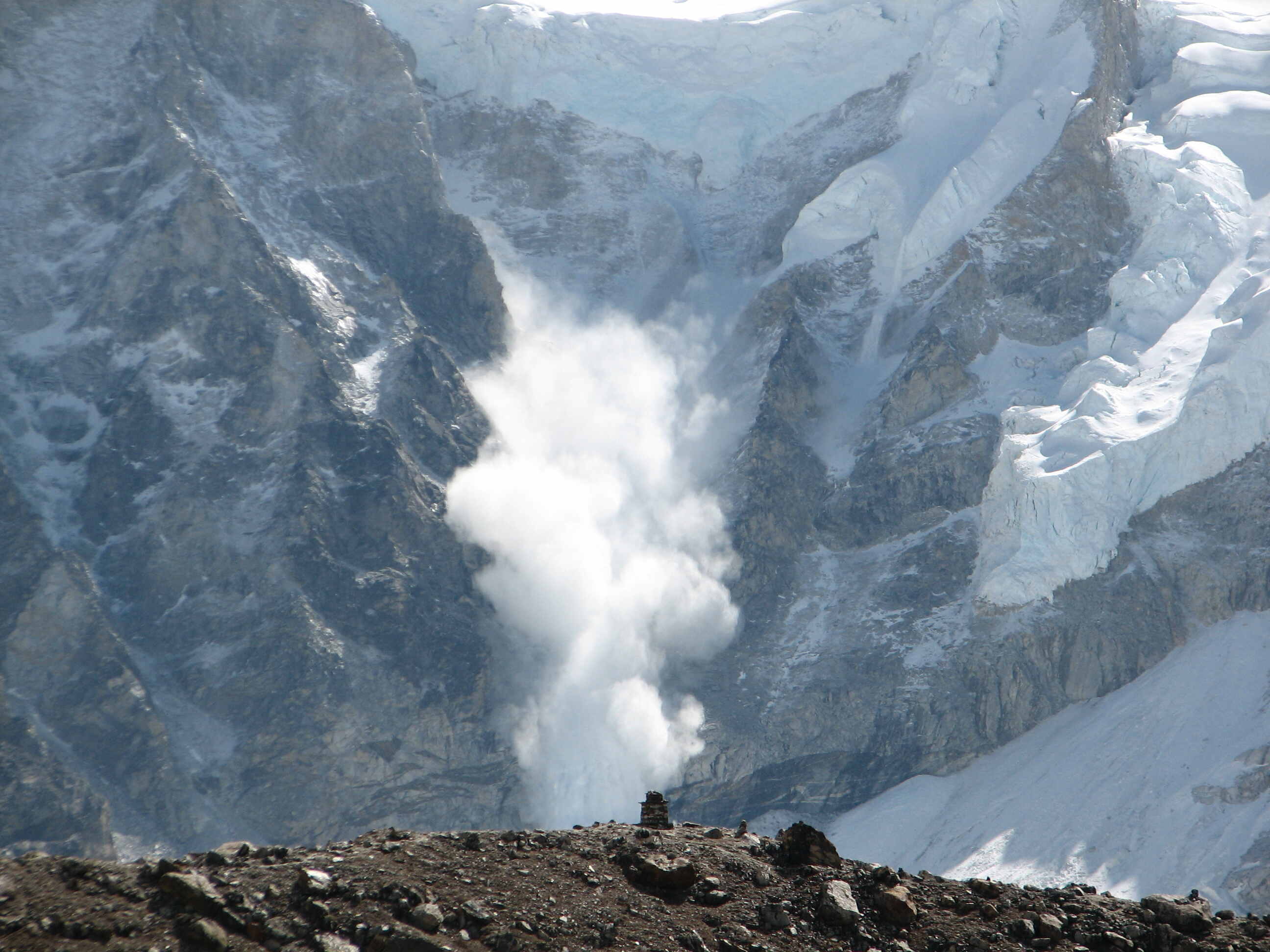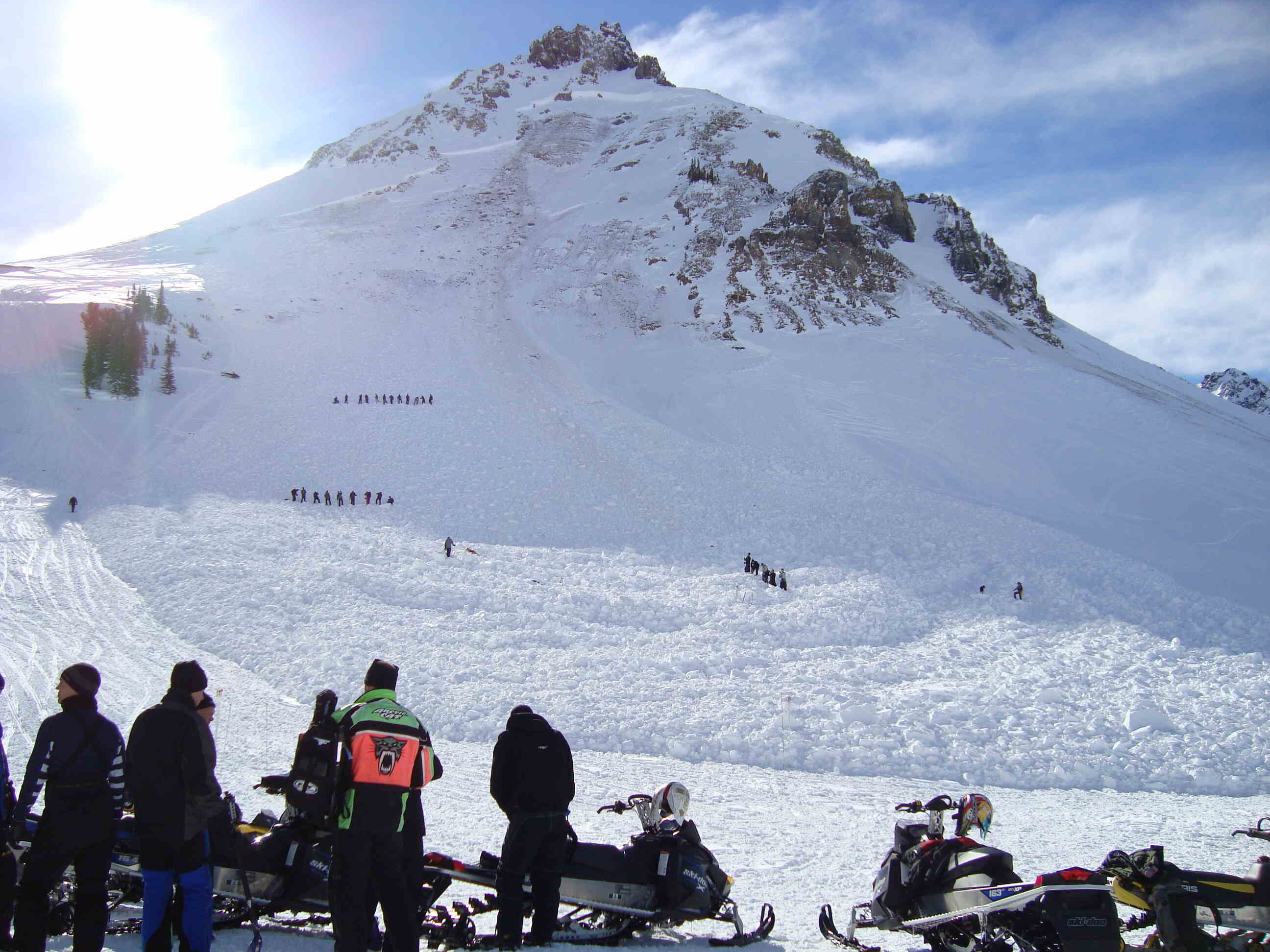The Basics of Avalanches and Avalanche Rescue
Avalanches occur when a mass of snow, ice and other material slides swiftly down the side of a mountain. They can be triggered by humans and nature.
A fully developed avalanche can weigh more than 100 million tons and travel at speeds exceeding 320 kilometres per hour (200 miles per hour).
“There are many kinds of avalanches, all shapes and sizes,” Simon Trautman, acting director of the National Avalanche Centre (NAC), told ExpedReview. “Some are pretty benign, and some are the scariest natural phenomena you can imagine.”
While it is impossible to know how many avalanches occur at any particular location, the NAC estimates that the natural phenomenon kills an average of 40 people each year in North America alone.
Trautman says the best way to avoid being caught in an avalanche is to identify avalanche terrain and avoid it.
How do avalanches happen?

Avalanches begin when a snowpack breaks away from a slope. Once the snowpack is detached from the rest of the slope, it begins to accelerate as it moves downhill, creating a river and forming a cloud of icy particles high in the air.
Snowpacks are formed by successive snowfalls and build up over the course of the winter. They can be dozens of meters thick and vary in terms of thickness and texture.
Snowpacks generally form fairly weak bonds between the layers, which may be broken by earthquakes, increased temperatures, wind and the pressure from a mountaineering boot or crampon, snowshoe, ski or snowboard.
In the United States, 90 percent of avalanches that lead to injury or death are caused by skiers, snowboarders and mountaineers.
Scientists are unable to predict when an avalanche will happen, but Trautman said it is possible to estimate how likely one is to occur based on snowpack conditions, temperature and wind.
He added that snow is dynamic, and avalanches occur when the snowpack experiences a rapid change in a short period of time.
“Snow doesn't like rapid change,” he said. “So if that rapid change is a huge input of new snow, a rainstorm, a windstorm that piles new snow on a slope or really strong sunlight on a slope; anything that causes the snowpack to change rapidly, in the order of minutes to hours, is not a good thing in terms of avalanches and snow stability.”
As a result, Trautman stresses the importance of checking avalanche forecasts (such as those compiled daily by the NAC in the United States).
“Avalanche danger changes day to day, sometimes hour to hour,” he said. “That’s why it is important to, before going out, look for the most recent information and keep in mind those changing conditions."
As a rule of thumb, other experts advise that it is always best to wait for fresh snowfall to settle on the snowpack before heading out on the slopes.
The types of avalanches

According to the NAC, there are nine different types of avalanches, which can be divided into two broad categories: slab and sluff avalanches.
A slab avalanche occurs when an entire layer of snowpack breaks off all at once and slides down the mountain in the form of a giant block – or slab.
These blocks break into smaller pieces as they accelerate down the slope and present the biggest threat to mountaineers, skiers and anyone else on the side of a mountain.
A sluff avalanche takes place when a weak layer at the top of a snowpack breaks off. Sluffs are generally small and dry, making them far less dangerous than slab avalanches.
Avalanche preparedness
Before going out into the backcountry, Trautman said it is imperative to have at least a basic understanding of avalanches and avalanche rescue.
This can be achieved by taking a multi-day course, which will provide a basic understanding of identifying avalanche terrain, understanding avalanche mechanics and learning how to rescue someone buried in an avalanche.
“It's the guide's job to provide a safety margin and make good decisions, and it's easier for them to do that if people have at least a basic understanding of the way avalanches work,” he said.
Along with taking an avalanche rescue course, it is important to bring the essential avalanche rescue gear on an expedition: a shovel, avalanche beacon and probe.
An avalanche beacon is a radio transceiver that helps pinpoint where you are. The important thing is to turn it on before you head into the mountains. The transceiver emits a consistent noise that can help rescuers locate people within an 80 metre (260 foot) radius.
A probe is a collapsible pole, usually made of aluminum or fibreglass, used to determine the location and depth of where a person is buried.
Once the person is located, the shovel can be used to dig people out. Everyone and anyone headed into mountains with snow should bring these three things.
How to survive an avalanche

Many factors affect survival rates in avalanches, including how long the person is buried in the snow, how deep they are buried and injuries sustained during the avalanche
If caught in an avalanche, the first thing to try and do is get off the slab that has broken loose from the snowpack. Skiers can do this by gaining speed going downhill, then veering off to the side.
Mountaineers and hikers can try to swim out of an avalanche. However, this is difficult as humans are about three times denser than the material in an avalanche, which also makes rescue so challenging.
“The very first thing you do is try to get out of the moving snow as hard as you possibly can and try and slow yourself down enough that that massive snow can get away from you and start moving faster than you,” Trautman said.
“Usually the best way to do that is like a 45-degree angle,” he added. “Try to dig anything that you have into the surface that the snow's sliding on. If you can do that, you probably will be okay.”
However, if it is not possible to escape the avalanche, Trautman recommends a few tips to mitigate the damage and stay as safe as possible until it slows down and it is possible to escape.
“It's kind of like falling in a big river,” he said. “Try and keep your feet downstream. If you can, get out of your skis or your board, so it doesn't drag you down. It's pretty hard to do that sometimes, and sometimes the avalanche will just take it off for you.”
If that does not work, then Trautman said the best thing to do is stay in control by curling into a ball and protecting your head.
When buried in an avalanche, experts recommend trying to clear some space in front of your face to breathe, punching toward the sky while the snow is still moving.
Once the avalanche stops, the snow begins to settle, and it becomes much harder to move. Most avalanche victims die from suffocation.
Hire a certified mountain guide
Never go into the backcountry alone, regardless of your level of expertise or experience. The safest way to enjoy ski touring, mountaineering, snowshoeing or any other outdoor adventure sport is to hire a certified mountain guide.
Their combination of experience, avalanche rescue training and knowledge of local people and conditions are the best way to ensure your next outdoor adventure is as safe as can be.